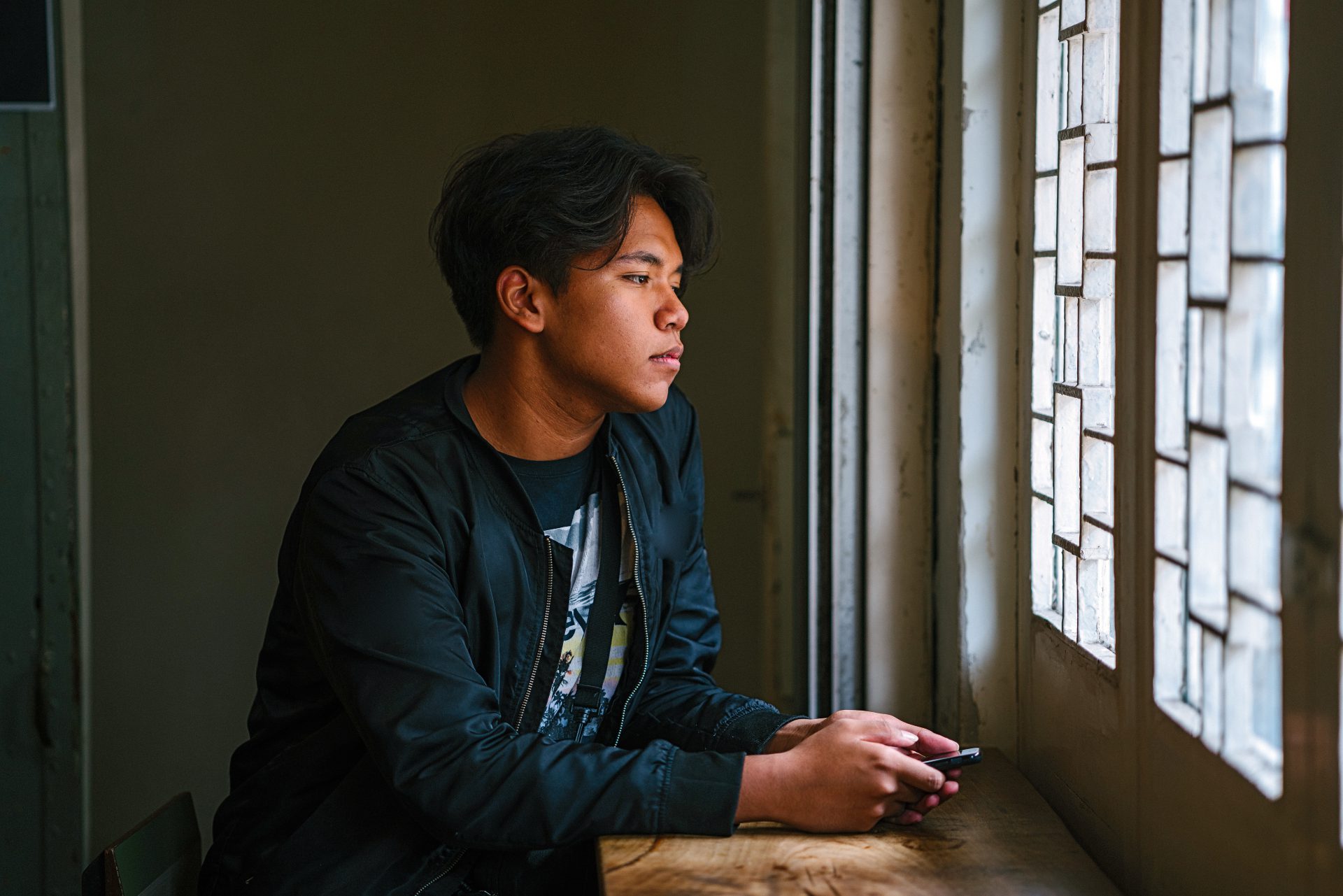Authors
Divya Kumar, Laura M Tully, Ana-Maria Iosif, Lauren N Zakskorn, Kathleen E Nye, Aqsa Zia, and Tara Ann Niendam
Abstract
Background
A growing body of literature indicates that smartphone technology is a feasible add-on tool in the treatment of individuals with early psychosis (EP) . However, most studies to date have been conducted independent of outpatient care or in a research clinic setting, often with financial incentives to maintain user adherence to the technology. Feasibility of dissemination and implementation of smartphone technology into community mental health centers (CMHCs) has yet to be tested, and whether young adults with EP will use this technology for long periods of time without incentive is unknown. Furthermore, although EP individuals willingly adopt smartphone technology as part of their treatment, it remains unclear whether providers are amenable to integrating smartphone technology into treatment protocols.
Objective
This study aimed to establish the feasibility of implementing a smartphone app and affiliated Web-based dashboard in 4 community outpatient EP clinics in Northern California.
Methods
EP individuals in 4 clinics downloaded an app on their smartphone and responded to daily surveys regarding mood and symptoms for up to 5 months. Treatment providers at the affiliated clinics viewed survey responses on a secure Web-based dashboard in sessions with their clients and between appointments. EP clients and treatment providers filled out satisfaction surveys at study end regarding usability of the app.
Results
Sixty-one EP clients and 20 treatment providers enrolled in the study for up to 5 months. Forty-one EP clients completed the study, and all treatment providers remained in the study for their duration in the clinic. Survey completion for all 61 EP clients was moderate: 40% and 39% for daily and weekly surveys, respectively. Completion rates were slightly higher in the participants who completed the study: 44% and 41% for daily and weekly surveys, respectively. Twenty-seven of 41 (66%) EP clients who completed the study and 11 of 13 (85%) treatment providers who responded to satisfaction surveys reported they would continue to use the app as part of treatment services. Six (15%; 6/41) clients and 3 providers (23%; 3/13) stated that technological glitches impeded their engagement with the platform.
Conclusions
EP clients and treatment providers in community-based outpatient clinics are responsive to integrating smartphone technology into treatment services. There were logistical and technical challenges associated with enrolling individuals in CMHCs. To be most effective, implementing smartphone technology in CMHC EP care necessitates adequate technical staff and support for utilization of the platform.
